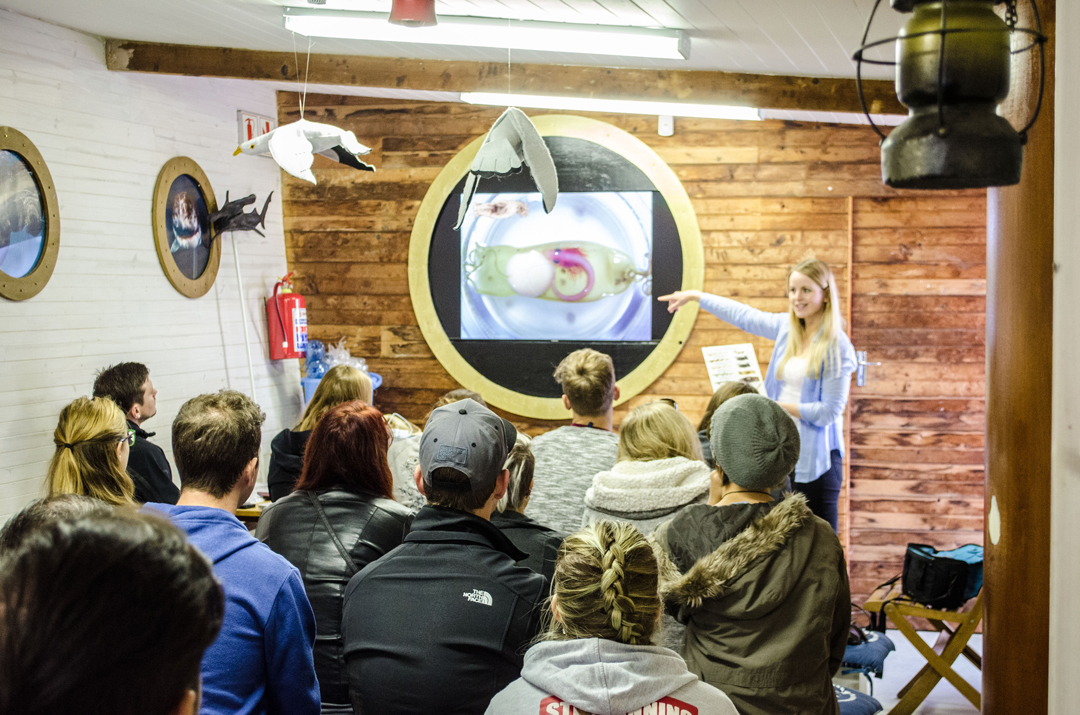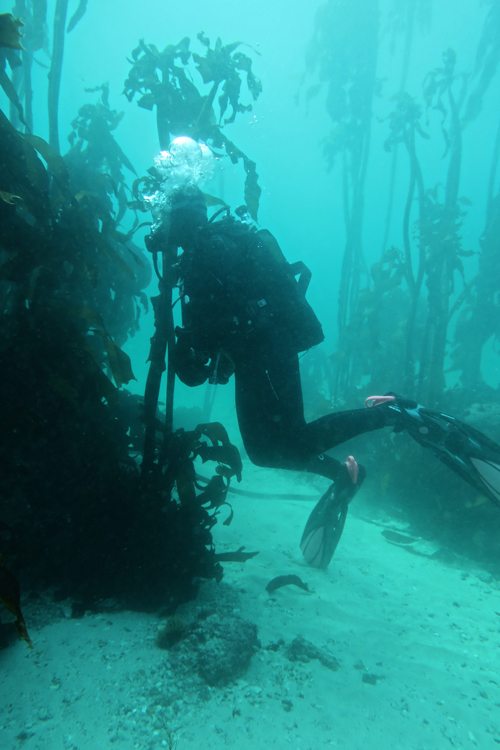Searching for shysharks
Like any citizen science project, to be successful ELMO (South African Elasmobranch Monitoring) requires the support of passionate participants. In this particular case, divers who are willing to sacrifice a certain amount of their personal time for the project are needed.Luckily, South Africa has a close-knit and passionate diving community. The word got around quickly and within a few days of launching our social media campaign, ELMO had recruited more than 50 interested divers – and the list was growing. It was an overwhelming response, but when it comes to citizen science there is always one challenging variable: participation is voluntary and, as no contract is enforced, there is no certainty that participants will continue to contribute over the length of the project. We soon learned that only a fraction of the divers who had made initial contact were serious about taking part.

A workshop on South African sharks, skates and rays was held in June at the Shark Education Centre in Kalk Bay. Photo © Rickus Els
We invited everyone who responded to join us for a presentation about South Africa’s sharks, skates and rays at the Save Our Seas Foundation’s Shark Education Centre in Kalk Bay, near Cape Town – coffee and nibbles included, no strings attached. We encouraged all attendees to stay for a short workshop on identifying shark eggcases and then sign up for the Elmoblitz Project. By the end of the morning we had gathered an enthusiastic team of local scuba divers and arranged our pre-survey dives for the following Sunday at three easily accessible reefs nearby. Our first dive was at Boulders Beach, a stunning and well-known dive location in Simon’s Town. Our experienced Elmoblitzer team knew exactly where to go to find shark eggcases. Equipped with safety buoy, custom-made ELMO slates and an underwater camera, we ventured into the cold waters of False Bay. The first 20 minutes seemed long: no shark, no ray, no eggcase to be seen. Suddenly a small brown shyshark showed itself, rustling about the kelp. And from that moment onward we spotted more and more sharks.

Spotting sharks and their eggcases in Cape Town’s surging waters requires patience and an eye for detail. Photo © Lisa Schroeter
The first eggcases were similarly tricky to find. The cold, surging water made conditions difficult, but that’s all part of the game; whatever challenges we experience underwater, they are only a fraction of what growing shark embryos face on a daily basis. Having completed two more dives, all the divers deserved a hearty meal and over it we discussed the day’s results. From now on the participants would be on their own, arranging their own dives, searching for shark eggcases and reporting them to ELMO. The next blog post will tell you how the surveys have progressed and what we have learnt so far.

This leopard catshark eggcase is about to be attacked by a warty pleurobranch. Photo © Lisa Schroeter
